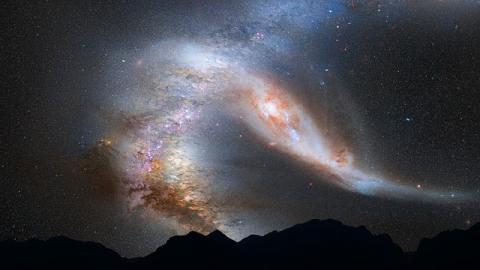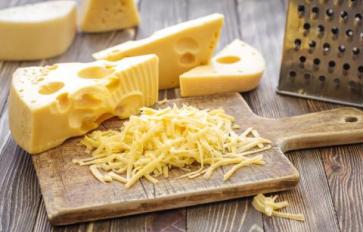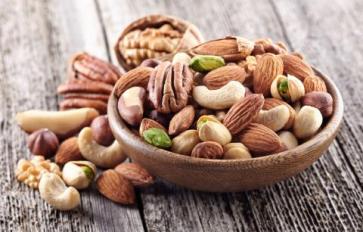
You might not think highly of algae–that’s right, the green scum that floats on pond surfaces–but reconsider your opinion. Algae – in both chlorella and spirulina form – has recently dominated the health food world with its impressive nutrient profile. Boasting high levels of B-vitamins, iron, copper, and a slew of other micronutrients, it’s widely considered the most perfect food. It’s so powerful, that algae may be coming to space.
Why?
It’s simple: spirulina is hardy, easy to grow, and multiplies rapidly. Additionally, the production of spirulina converts carbon dioxide into oxygen, a vital element for astronauts living at the International Space Station (ISS), the testing grounds for growing algae. At the moment, eight vessels worth of food, water and oxygen are needed to keep six astronauts alive in space for one year. Reducing that through recycling and other sustainable means is one of the ways in which costs can be kept down while creating a self-sustaining system for astronauts onboard the ISS.
Last year the Micro-Ecological Life Support System Alternative (MELiSSA) in collaboration with the European Space Agency (ESA) tested spirulina as space food. Several ESA astronauts taste-tested spirulina grown through MELiSSA’s closed system to ensure the taste was suitable for astronauts on longer missions. The verdict? Mixed into cereal bars, at least, the results were two thumbs up.
Future research is needed to see if growing and harvesting spirulina, and perhaps other edible forms of algae, in space is possible for astronauts. Until then, rest assured knowing that if what you’re eating is good enough for an astronaut, it’s probably good enough for you.
For more information, check out the original article here.








